/Milieu biologique/Espèces/Espèces rares, protégées ou en voie de disparition
Type of resources
Available actions
Topics
INSPIRE themes
Keywords
Contact for the resource
Provided by
Years
Formats
Representation types
Update frequencies
status
Scale
Resolution
-
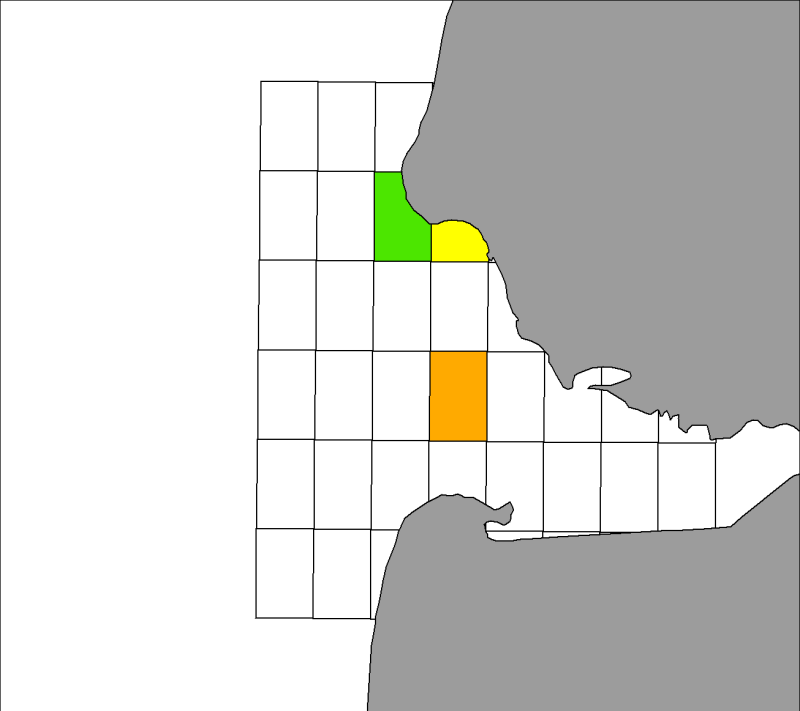
Distribution spatiale trimestrielle des phoques gris (Halichoerus grypus) recensés par les associations ADN et Picardie Nature sur leurs reposoirs terrestres dans la baie d'Authie, de 2007 à 2009 inclus.
-
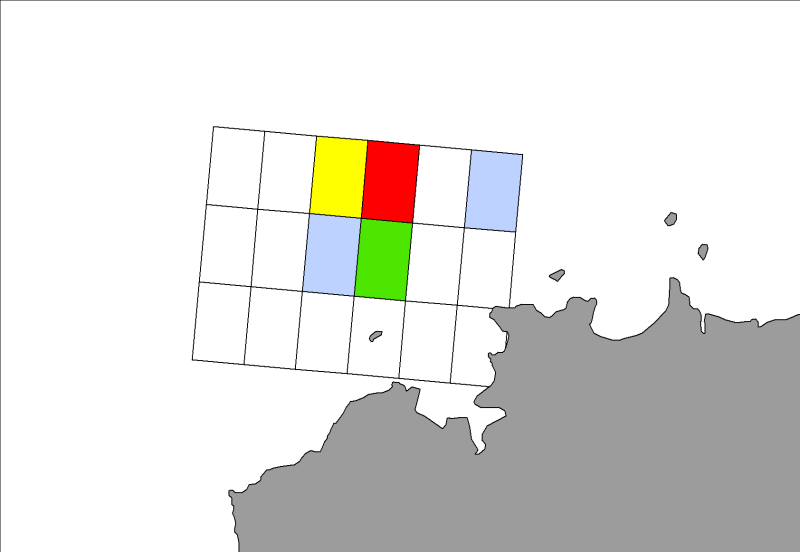
Distribution spatiale trimestrielle des phoques gris (Halichoerus grypus) recensés par l'ONCFS sur leurs reposoirs terrestres des roches de Portsall en 2010.
-
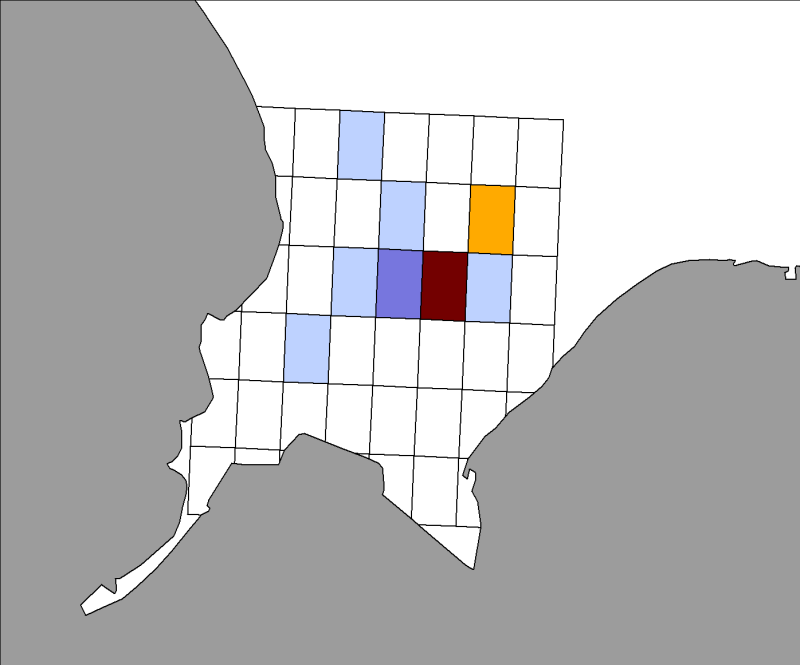
Distribution spatiale trimestrielle des phoques veaux marins (Phoca vitulina) recensés par Aérobaie et la Réserve Naturelle du Domaine de Beauguillot sur leurs reposoirs terrestres dans la baie des Veys, de 2007 à 2009 inclus.
-
Distribution des gorgonaires Callogorgia verticillata observées pendant la campagne VIDEOCOR_2017 dans le canyon de Cassidaigne (L'Europe 2017, H-ROV Ariane). Données liées à la publication Fabri et al., 2019. https://doi.org/10.1016/j.pocean.2019.102172
-
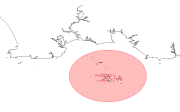
Zone de protection du narcisse de Saint-Nicolas (archipel des Glénan). Cette zone s'étend sur 6 milles autour de l'île de Saint-Nicolas.
-
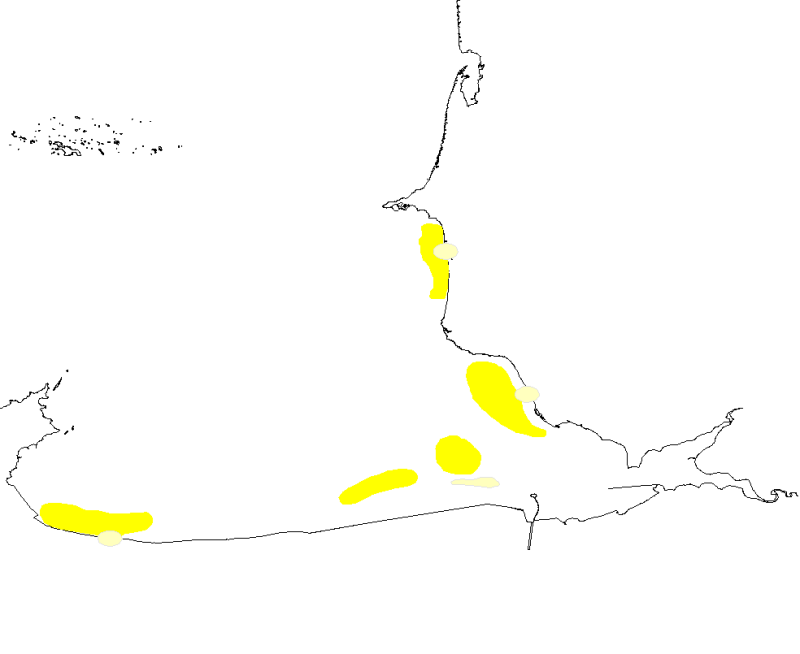
Carte, sous forme de polygones, représentant les zones de la baie du Mont Saint-Michel fréquentées par le bécasseau maubèche Calidris canutus en période d'hivernage en 2003. Cette espèce atteint régulièrement le niveau d'importance internationale en baie du Mont Saint-Michel.
-
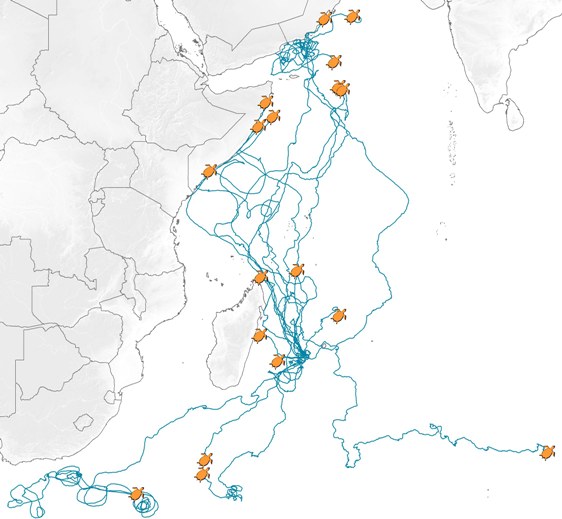
Ces trajets représentent les déplacements de tortues caouannes juvéniles (<50kg) au départ de La Réunion. Ces tortues ont été capturées accidentellement par les pêcheurs autour de l'île. En cas de blessures, elles sont apportées à Kélonia (Observatoire des tortues marines), pour y être soignées puis relâchées au large de La Réunion. Dans le cadre du projet "DYMITILE" et "By Catch Réunion", ces tortues ont été suivies par des balises Argos entre 2008 et 2011 afin de connaitre l'étendue de leurs déplacements océaniques.
-
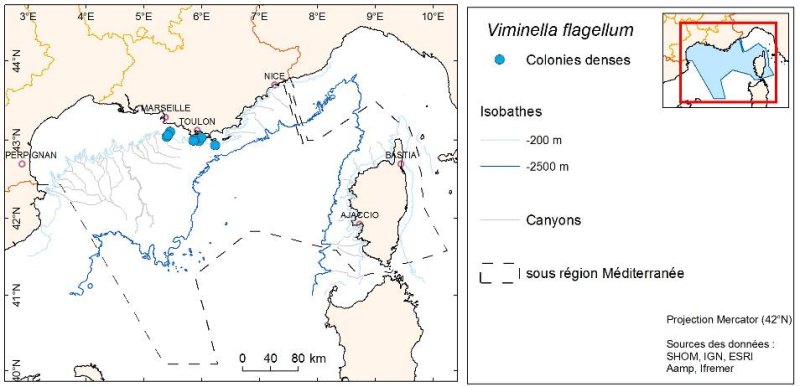
La répartition des espèces est fournie sous forme de couche de points représentant les observations in situ des organismes observés pendant des plongées en submersible dans les canyons de Méditerranée continentale.
-
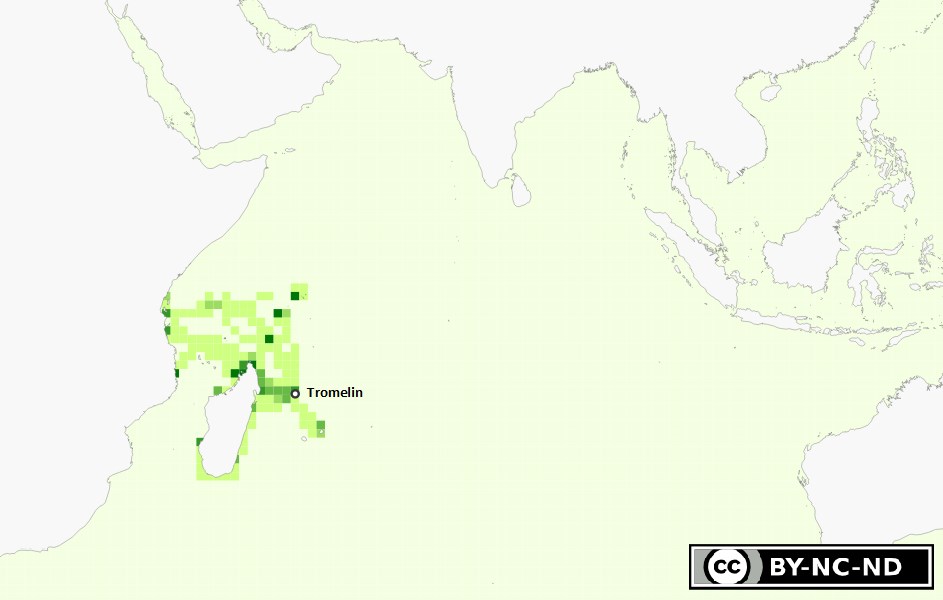
Les données acquises entre 1998 et 2012 par balise Argos, ont été analysées pour sortir 2 localisations par jour. Le nombre de localisations de Tortues vertes balisées à Tromelin est agrégé par carré de 1° de côté. Ce mode de calcul est celui choisi dans le cadre du projet Mégafaune pour toutes les populations (une espèce, un lieu) étudiées afin de permettre l'inter-comparaison. Ces suivis post-reproduction ont eu lieu dans le cadre des projets "DYMITILE" Kelonia / Ifremer.
-
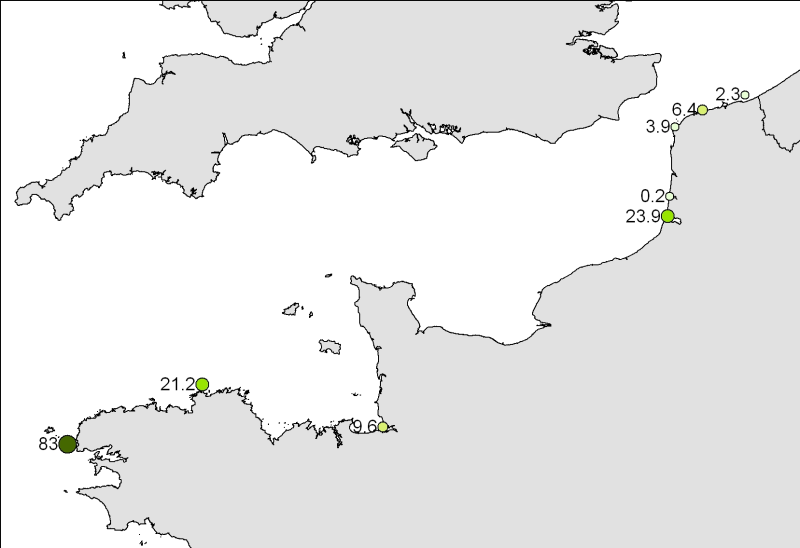
Nombre moyen de phoques gris (Halichoerus grypus) recensés par trimestre sur les différentes colonies le long du littoral français, de 2007 à 2010
 Mon GéoSource
Mon GéoSource